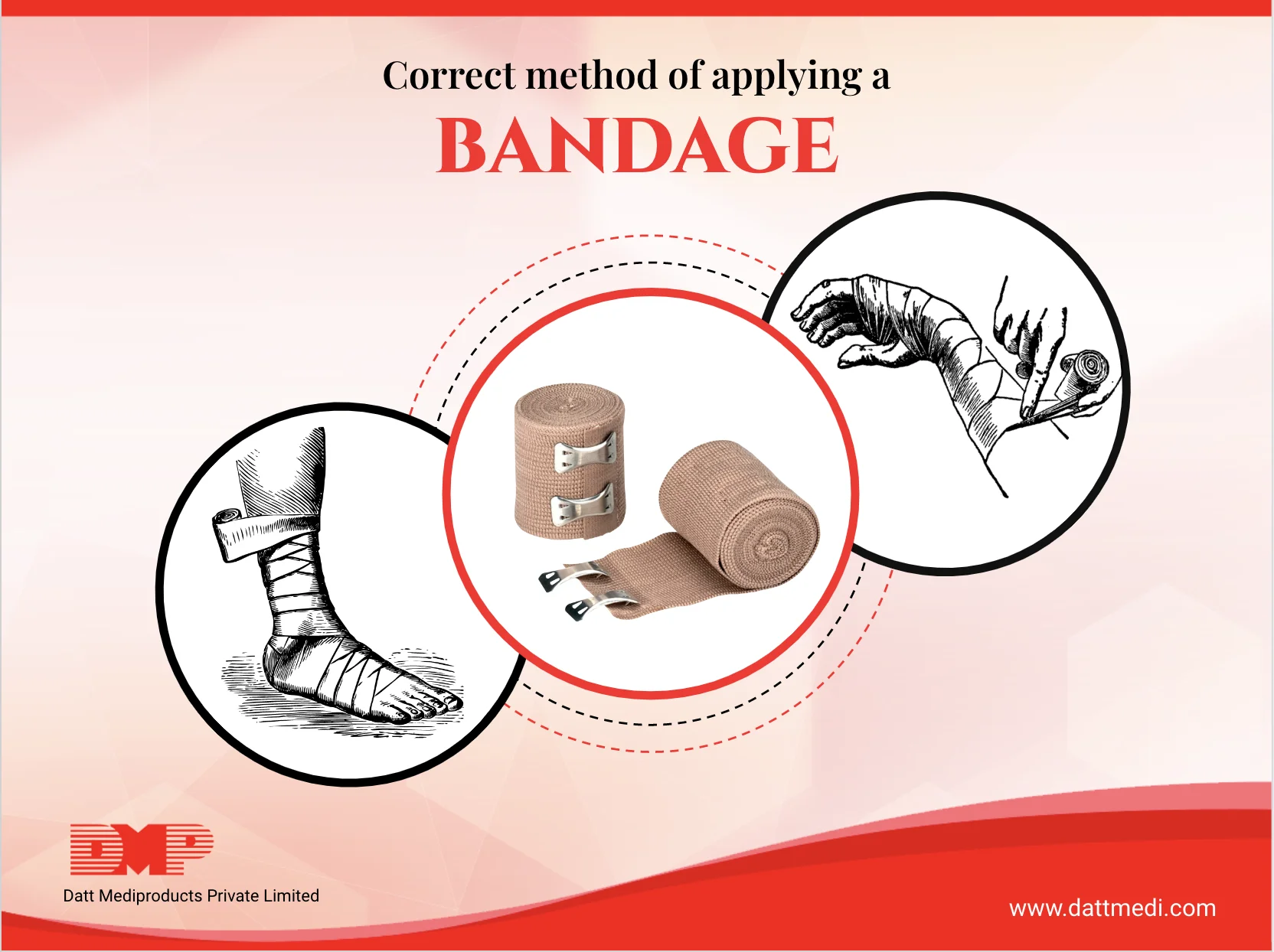
Bandages are used for a lot of medical conditions, everything from sprains to venous veins. Learning the correct method of applying a bandage is very important, as incorrect bandaging will have a direct link to how long and how well the condition takes to heal.
There are various kinds of bandages available in the market, of which we thought of educating on the application of compression bandages. So take a look below to see how one can apply a bandage for better & faster healing.
Steps to applying the bandage correctly:
1. First, make sure that the body part on which the bandage is to be applied is completely well rested.
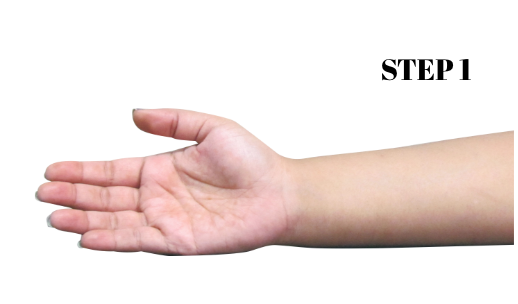
2. Next, the right size of the bandage should be used. Bandages come in different widths. For bandaging the arm, select 5 cm or 7.5 cm or 10 cm. For bandaging the leg, 10 cm or 12 cm or 15 cm widths should be selected.
3. Next, cover the wound properly with an absorbent dressing.

4. Start bandaging from the distal end of the body (the part which is away from the heart such as feet or wrist) to the proximal end of the body (the part closer to the heart such as thigh or shoulder).

TIP: Avoid covering fingers or toes when bandaging a limb so you can easily check the blood circulation.
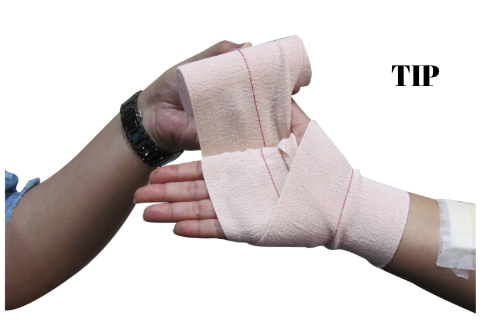
5. Wind the bandage in a spiral (circular) turns, making sure that each layer covers (overlaps) one-third to two-thirds of the previous one.

6. Make sure the entire wound is covered with the bandage.
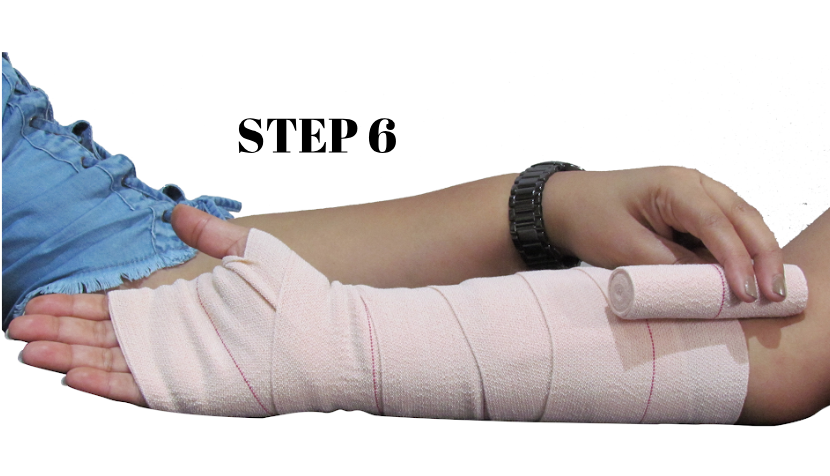
7. After this, make sure the bandage is firm but it is not excessively tight. Very tight bandages can interfere with the blood circulation and that causes more harm.
8. When you have reached the bandage end, secure the end by folding it over and using a bandage clip or adhesive tape to secure it.
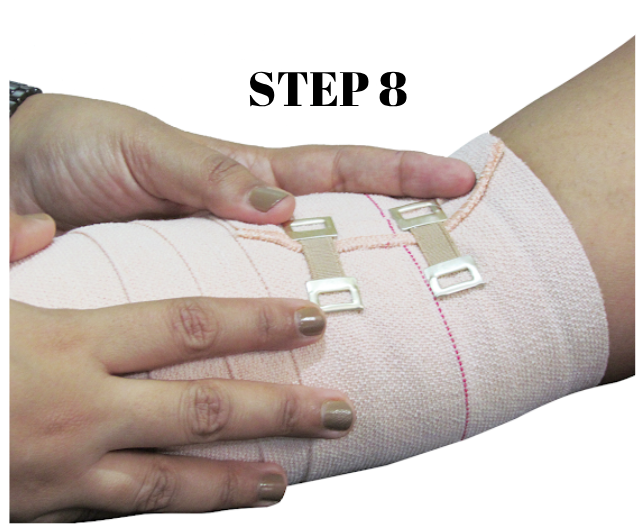
9. After the application of the bandage, ask the patient if it feels too tight & checks the circulation by pressing on a fingernail or a piece of skin until it turns pale. If the color doesn’t return straight away upon release, the bandage may be too tight, so you should loosen it. Keep checking the blood circulation at an interval of 10 minutes.
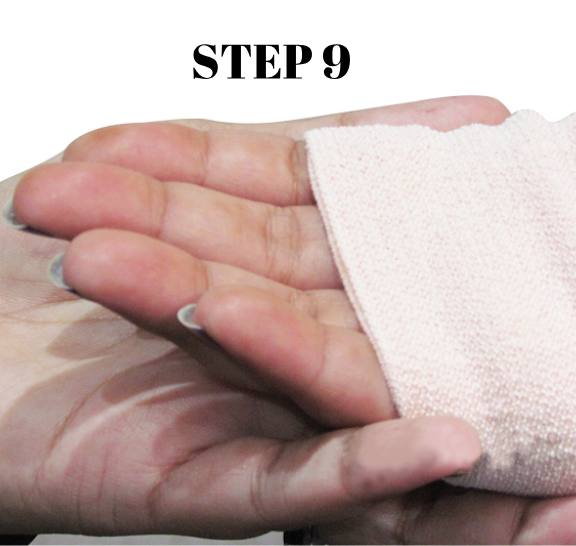
10. Every time you rebandage the limb, make sure the bandage is properly washed & dried to avoid any infection.
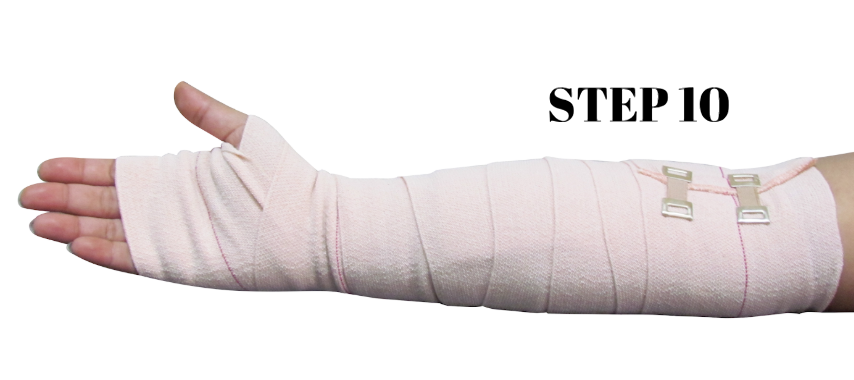
There are various types of bandages available in the market which include compression bandages, roller bandages, triangular bandages, and so on. Compression bandages can be applied in the way stated above. Once the bandage has been applied correctly, it needs to be changed every day or more frequently if needed. Ask your therapist for special instructions or precautions.
For further information or queries regarding bandages and their applications visit us @ www.dattmedi.com
Spread Awareness! Stay Safe!





